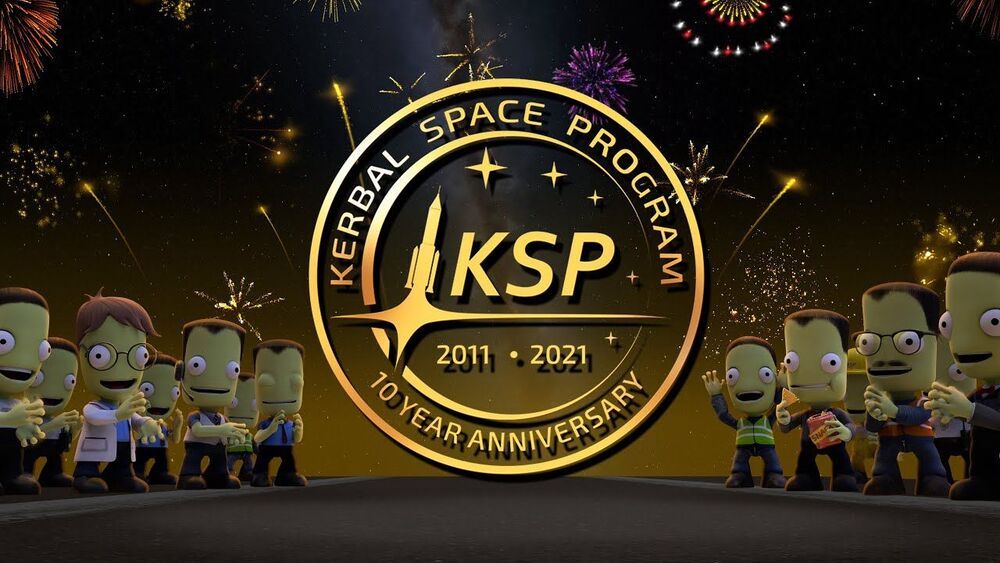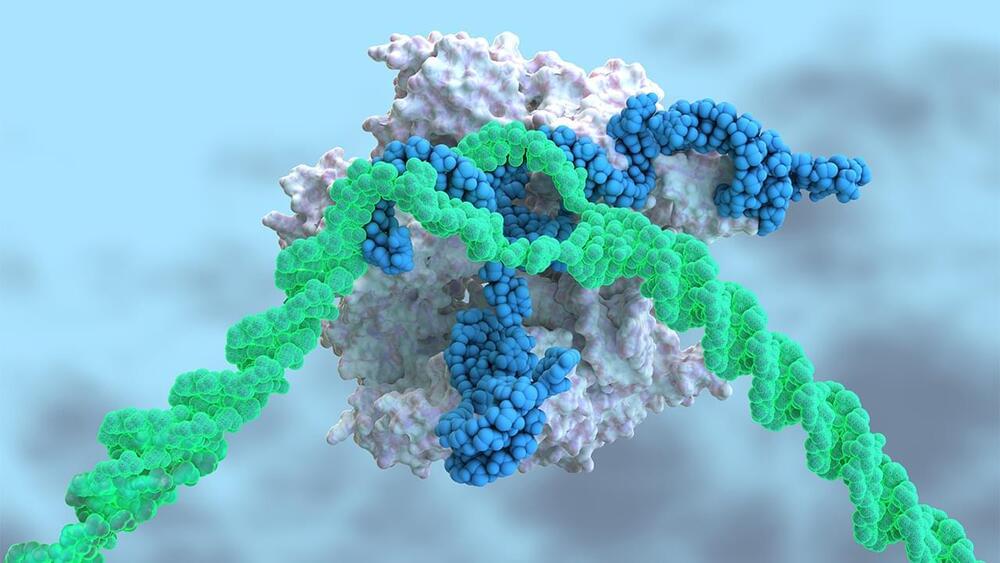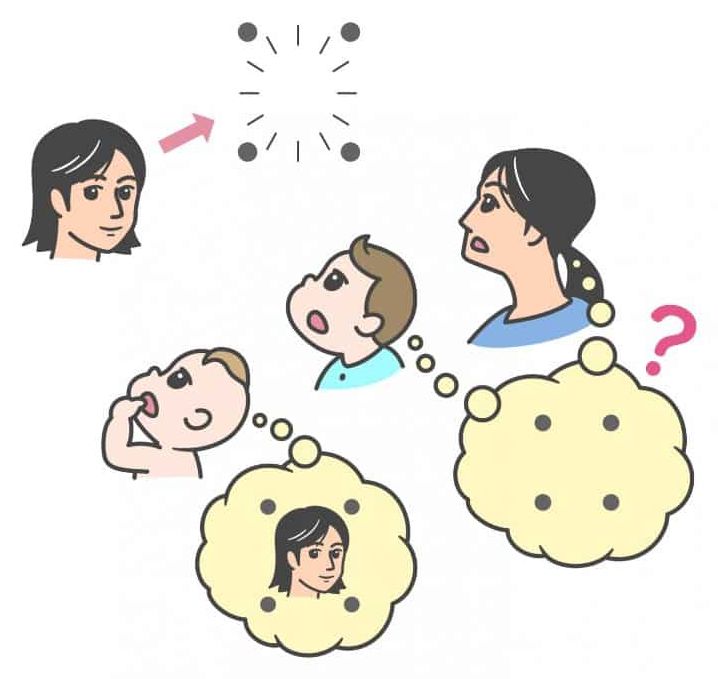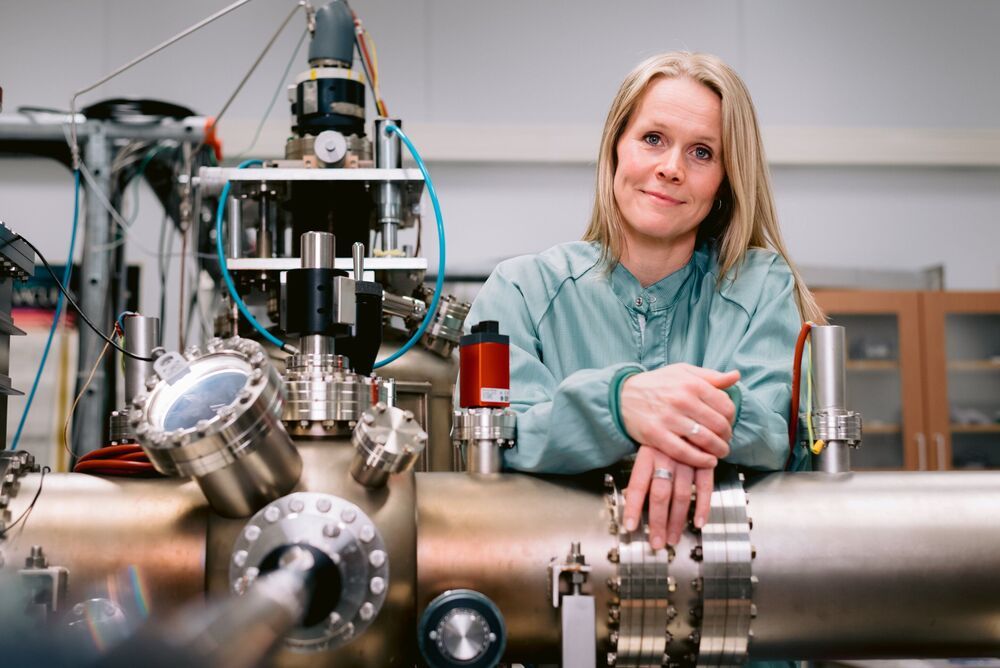Jun 26, 2021
Russia and China are racing to beat NASA back to the Moon
Posted by Atanas Atanasov in categories: geopolitics, space travel, treaties
A new space race is now underway.
In both cases, the language is an attempt to call forth the spirit of the Outer Space Treaty. However, as many critics have stated, the Artemis Accords suffer from the fact that they are tied to a specific space agency and program. This was certainly the basis of Rogozin and Russia’s resistance when the Accords were first announced, hence why Russia and China have come together to do the same.
Continue reading “Russia and China are racing to beat NASA back to the Moon” »

















